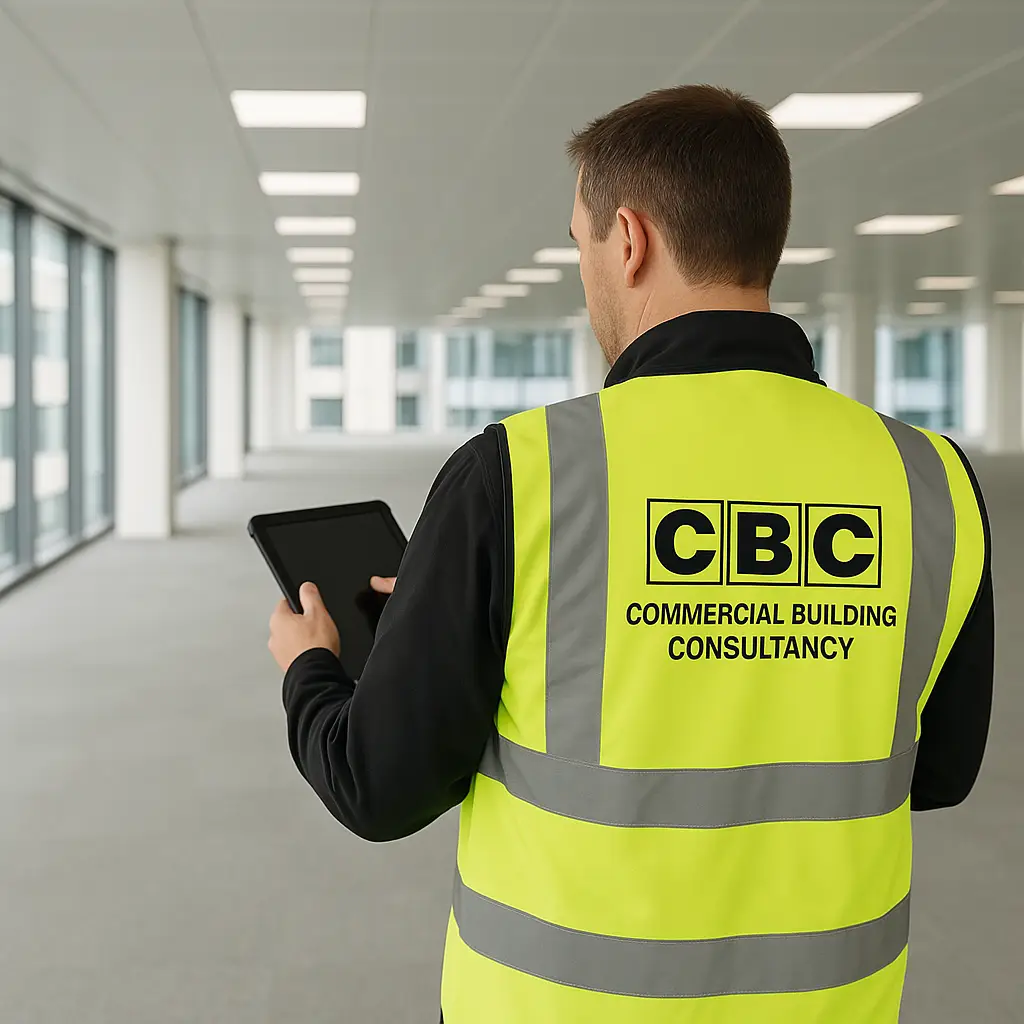Entering into a commercial lease is a significant step for both landlords and tenants. Ensuring that the lease terms are fair and that both parties are protected from unforeseen liabilities is paramount. One of the most effective tools in achieving this is a Schedule of Condition (SoC) survey. This detailed examination of a property’s condition at a specific time can offer numerous benefits. In this blog, we explore the top benefits of conducting an SoC survey before leasing a commercial property.
1. Establishing a Baseline Condition
Why it matters: An SoC survey provides a clear, detailed record of the property’s condition at the start of the lease.
Benefit: This baseline is crucial for both landlords and tenants as it sets the standard for the property’s state. For landlords, it ensures that any wear and tear or damage occurring during the lease period can be accurately identified and attributed. For tenants, it provides protection against being held responsible for pre-existing issues.
Example: Imagine moving into a new office space. Without an SoC survey, any pre-existing cracks in the walls or damaged fixtures might later be attributed to your tenancy. An SoC survey prevents such disputes by documenting these issues upfront.
2. Avoiding Unwarranted Repair Costs
Why it matters: Repair and maintenance costs can become a contentious issue between landlords and tenants.
Benefit: An SoC survey clearly distinguishes between pre-existing conditions and damages occurring during the lease period. This clarity ensures that tenants are only responsible for repairs related to their tenancy, protecting them from unfair repair costs.
Example: If a commercial tenant discovers that the HVAC system is faulty shortly after moving in, an SoC survey can prove that this issue was present before their occupancy, ensuring the landlord addresses it without passing the cost to the tenant.
3. Facilitating Fair Lease Agreements
Why it matters: Transparency in the lease agreement fosters a positive landlord-tenant relationship.
Benefit: An SoC survey helps in negotiating fair lease terms. With a documented record of the property’s condition, both parties can have informed discussions about repair and maintenance responsibilities, ensuring that the lease terms are equitable.
Example: A landlord might agree to carry out necessary repairs before the lease starts, based on the findings of the SoC survey. This can prevent future disputes and ensure that the tenant moves into a well-maintained property.
4. Enhancing Maintenance Planning
Why it matters: Effective maintenance planning can prevent minor issues from escalating into major problems.
Benefit: By understanding the current condition of the property, both landlords and tenants can plan and budget for future maintenance and repairs. This proactive approach ensures that the property remains in good condition throughout the lease term.
Example: If the SoC survey identifies that the roof requires minor repairs, both parties can plan for this work to be done, preventing potential water damage and more costly repairs down the line.
5. Providing a Reference Point for Dispute Resolution
Why it matters: Disputes over property condition can lead to strained relationships and costly legal battles.
Benefit: An SoC survey serves as an objective reference point in case of disputes. This documentation can be invaluable in resolving disagreements amicably and fairly, without the need for prolonged conflict or litigation.
Example: At the end of the lease, if there is a dispute over whether certain damages were present at the start, the SoC survey can provide clear evidence, helping to resolve the issue quickly and fairly.
6. Supporting Dilapidations Claims
Why it matters: Dilapidations claims can be complex and contentious.
Benefit: For landlords, an SoC survey provides crucial evidence to support dilapidations claims. It clearly documents the property’s condition at the start of the lease, making it easier to identify and claim for damages caused by the tenant.
Example: If a tenant makes unauthorised alterations or fails to maintain the property, the SoC survey can provide the necessary evidence for the landlord to seek appropriate compensation.
7. Ensuring Compliance with Legal Standards
Why it matters: Both landlords and tenants must ensure that the property complies with relevant legal standards.
Benefit: An SoC survey can identify any compliance issues with building codes or regulations. This allows both parties to address these issues proactively, ensuring that the property meets all necessary legal standards.
Example: If the survey reveals that certain fire safety measures are not up to code, the landlord can address these issues before the lease starts, ensuring tenant safety and legal compliance.
8. Promoting Transparency and Trust
Why it matters: A transparent leasing process fosters trust and cooperation between landlords and tenants.
Benefit: Conducting an SoC survey promotes transparency by providing a clear and unbiased record of the property’s condition. This transparency helps to build trust, fostering a positive and cooperative relationship between both parties.
Example: A tenant can feel confident knowing that the documented condition of the property protects them from unfair claims, while the landlord can trust that the tenant is aware of their responsibilities from the outset.
Conclusion
Conducting a Schedule of Condition survey before leasing a commercial property offers numerous benefits for both landlords and tenants. It establishes a clear baseline condition, avoids unwarranted repair costs, facilitates fair lease agreements, enhances maintenance planning, and provides a reference point for dispute resolution. Additionally, it supports dilapidations claims, ensures compliance with legal standards, and promotes transparency and trust. By incorporating SoC surveys into the leasing process, both parties can enjoy a smoother, more secure, and mutually beneficial leasing experience.


